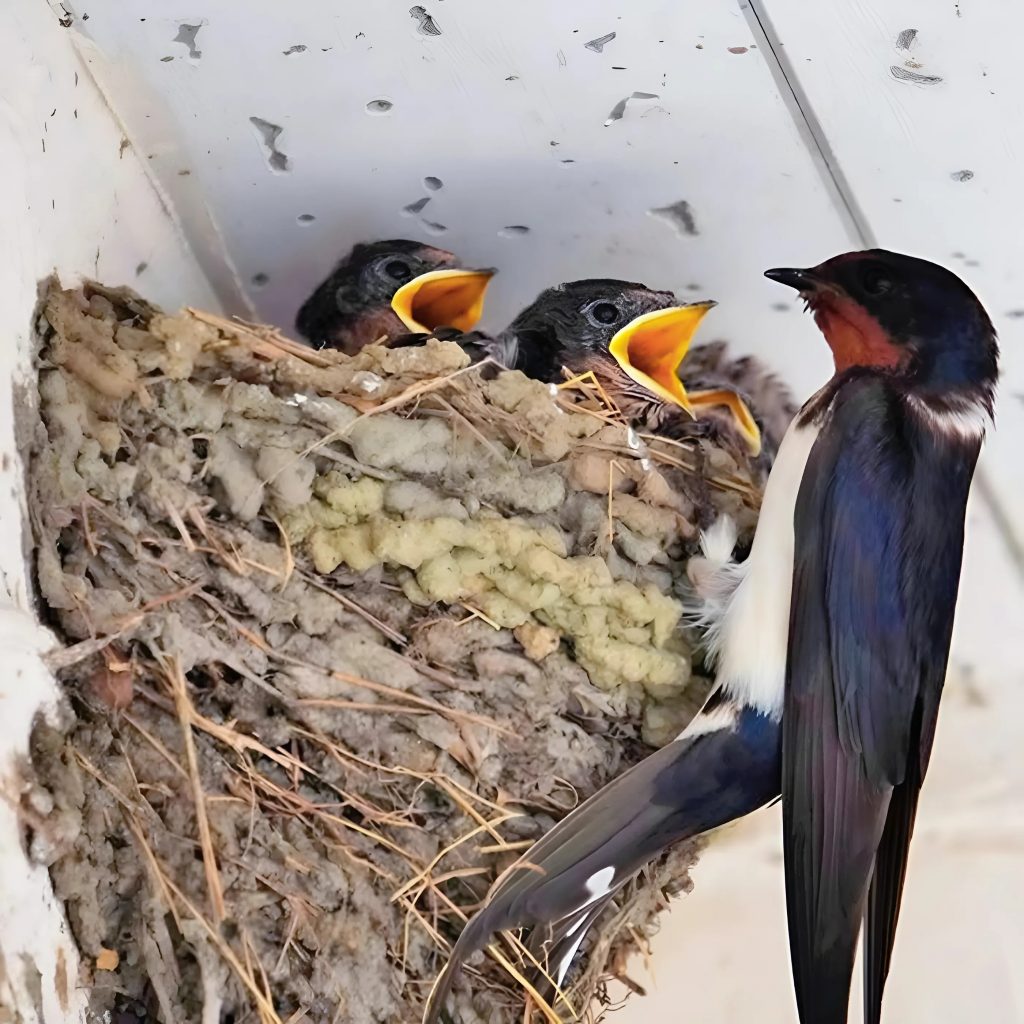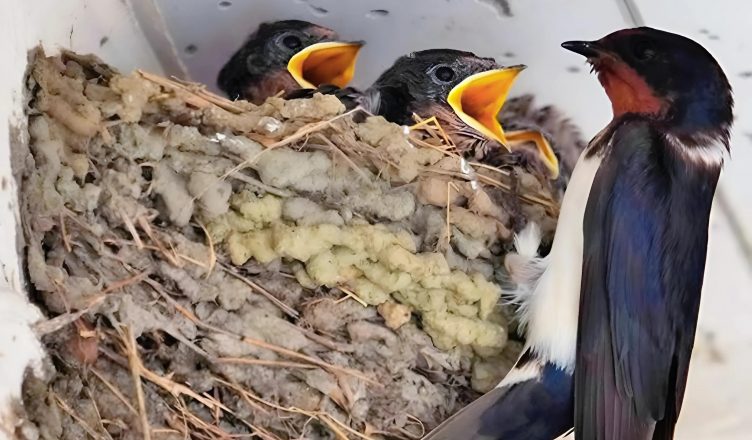Love stories do not always end happily. For those who believe animals are incapable of feeling love, compassion, or emotional connection, one photograph captured by wildlife photographer Marc Delaroche might just challenge everything they think they know.
It all began on the golden plains of East Africa, under the pale light of dawn. Two giraffes—a male and a female—had been seen together for weeks. Delaroche, who had been documenting wildlife behavior in the area, noticed something unusual in their interactions. The two animals were more than just companions in migration; they shared an undeniable bond. He observed how they gently entwined their necks, how they moved in sync, how they would pause for long stretches of time to remain side by side. Seasoned rangers at the reserve commented that this pair displayed behaviors more characteristic of an emotional connection than mere reproductive instinct.

Then came the day that would mark their story forever. At dawn, the female giraffe was attacked by lions. Delaroche, watching from a distance, was powerless to intervene. After the predators moved on, the male giraffe returned to the area. What followed was an extraordinary display of what can only be described as grief.
The male slowly approached her body. He touched her gently with his snout, nudging her as if trying to wake her. Then he stood still. One hour passed. Then another. He did not move. No grazing, no searching for water, no attempt to rejoin the herd. Just stillness. Heavy, painful, human-like stillness.
Hours turned into a day. The giraffe refused to leave. When others from the group came near, he remained by her side. Witnesses said it looked like he was crying. While scientists would be cautious to use such a term, what they observed was clear: his eyes were glassy, his breathing labored, his movements slowed. For three days, he lingered near her, occasionally laying down not far from her lifeless form—vulnerable, exposed, seemingly lost.
This is not the only case of such behavior in the animal kingdom. Elephants, dolphins, chimpanzees, and even crows have been documented mourning their dead. They may caress a deceased companion, stand vigil, or exhibit depression-like symptoms. But such a profound display from a giraffe—an animal not commonly associated with complex emotional behavior—was both rare and revealing. It suggests we have grossly underestimated the emotional capacities of many species.
The image of the grieving giraffe was shared around the world. Some called it a love story, others a meditation on loss. Comments poured in: “I will never see animals the same way again,” “This is more touching than most human romances,” “There is a silent pain in this image that speaks volumes about what we refuse to accept—animals do feel.”
The ripple effect of this moment went far beyond the initial emotional response. It raised critical ethical and philosophical questions: If animals can love and mourn, how should that impact our treatment of them? What does this mean for factory farming, trophy hunting, animal captivity, and the broader spectrum of human-animal relationships?
Science is beginning to catch up. While anthropomorphism—the attribution of human traits to animals—was once dismissed as unscientific, modern neuroethology has shown that many animals possess brain structures related to emotion. Joy, grief, loyalty, even love—these may not be uniquely human experiences, but rather varying expressions of a shared emotional framework.
What Delaroche captured was not just a photograph. It was a truth we’ve long ignored. It was a fracture in the illusion of emotional superiority we often maintain over other species. It was an invitation to rethink everything.
Because love does not always require words. Sometimes, it is whispered in a moment of stillness. And sometimes, a giraffe tells a story more profound than any poem.
